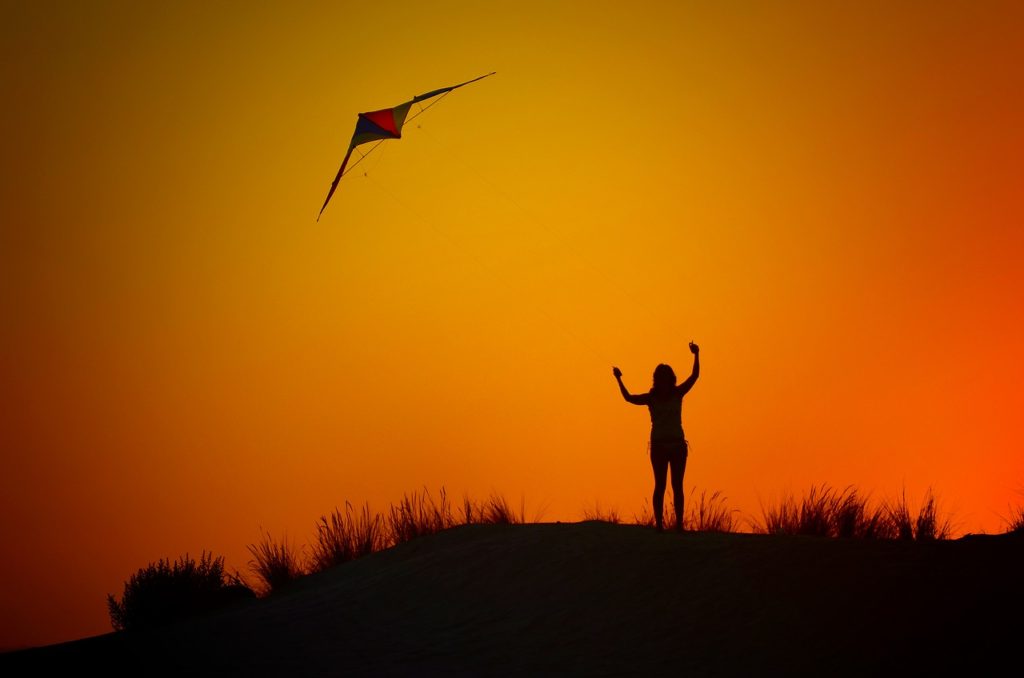
Imagine the “Big One” had come and gone on a dark, cold winter night on Oregon’s coast.
Yesterday, my home was a vibrant coastal town, and its breathtaking beach attracted large swarms of summer visitors. At low tide on long sunny days, life was good. Children played in the sand, families picnicked on the beach, lovers walked in the surf, and brave souls waded in the frigid waves. Seagulls and kites filled the sky. Laughter was in the wind.
In winter, the place was nearly a ghost town, cold and rainy. Fewer visitors came to enjoy art festivals and witness fierce storms. It was home to a small number of permanent residents. While most casually acknowledged the risk that someday the “Big One” would likely devastate the area, they set fear aside.
Today, the ground shook, the beach dropped, the tide retreated, people screamed and ran like hell, and within a half-hour, a gigantic tsunami swept my town away. Many dead or injured, homes and roads destroyed, the entire landscape unrecognizably reconfigured, and survivors witnessed a catastrophe beyond imagination. The horrific reality of limited shelter, food, transportation, resources, services, and governance sank in.
Tomorrow, people helped each other survive until more help arrived. Remaining buildings and homes became shelters, and food supplies were openly shared. Encampments resembled homeless enclaves in large cities. As primary roads reopened, many left the area, escaping the devastation and believing life would be better anywhere else.
Days passed. Though the future was bleak, some survivors remained. State and federal assistance proved to be inadequate. Emergency medical services were limited. Property insurance recovery would take months. Even so, a sense of place beheld these survivors, a profound reverence for the Oregon coast. They were the guardians of the past and future. They were undeterred and resilient. They knew what their beach town once was and could be again. They had a vision of an afterlife for this damaged place. They stayed and made it happen.
Weeks passed. A community formed that was beautiful to behold. People collaborated compassionately, setting aside economic, political, and religious differences. For now, there was work to be done by all. Local government created a new city design and layout of building lots. New home construction ensued; a city hall, post office, bank, library, bookstore, and grocery store followed. Schools reopened. Those who stayed volunteered their time and energy.
Months passed. People started to live here again. Art galleries emerged as did the local theatre. Clothing stores and restaurants followed as did churches and bars. More inner-city parks joined the landscape. The new town reflected a timeless culture, a long history, and a bright future blending uniquely. The vision of an afterlife was becoming reality.
Seasons passed. At first, visitors came slowly on sunny days. The beach looked different—an uneven coastline with rocks and inlets. Yet sunrises and sunsets were the same, breathtakingly beautiful. The puffins, pelicans, and seagulls came home. Kites filled the skies. People walked on the beach and waded in the surf, all familiar scenes from an unforgotten cherished time.
Years passed. My home town became vibrant again, reflecting its historic charm and hospitality, its scenic beauty, and its fresh ocean air. Hotels and vacation homes grew in number. Recounts of the “Big One” faded into history, thanks to the courage and commitment of its guardians and their vision. Life was good again.
Thank you Steve for this finely written and thought-provoking piece!
The last paragraph inspires me to step over a philosophical edge. I’m compelled to wonder how the archetypal guardians of a place model courage and vision when reality lifts the veil of human assumptions. Would such beings allow the memories of tragedy to fade so that people can return to business as usual?
This question parallels thoughts about personal trauma. I see how it helps to compartmentalize memories that keep me from functioning. I also know life’s hardships often signal a long-term need to adjust behavior. It’s tempting to ignore such signals in pursuit of immediate happiness. This isn’t a temptation I want to judge harshly. I just want to counterbalance it with awareness of the joy that comes from being more mindful.
Zooming out to look at society as a whole, I pray humans can come to grips with the limits of urban growth, and figure out how to live in better balance with natural systems.
Peace and health!
Guardians of the Common Good might be a subtitle here. When the structure is destroyed, the village survives in the actions of the survivors because they believe in their community. Steven, the village is broken apart in your story but not busted. A lover’s heart may break but it still beats. The heartbeat of the village gives the villagers a sense of place and a vision for its revival. Collaboration and compassion make it happen. It does not take a tsunami to realize the need for this in America now. Thank you for your thoughtful piece, Steven. It is a good read. Blessings!